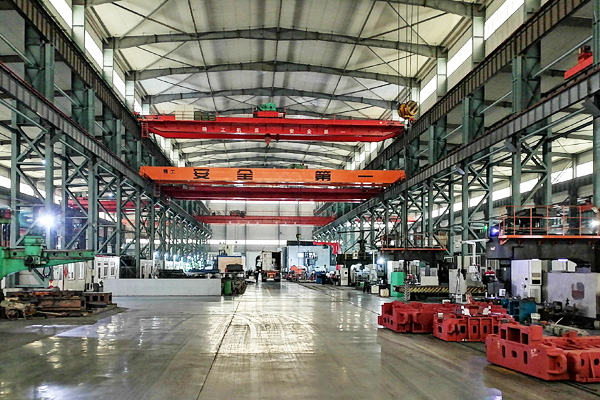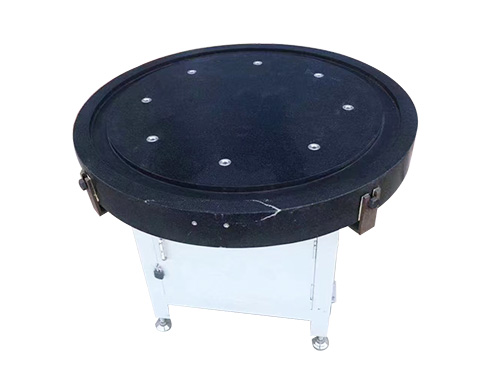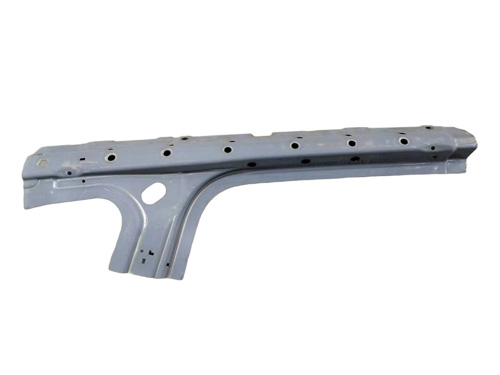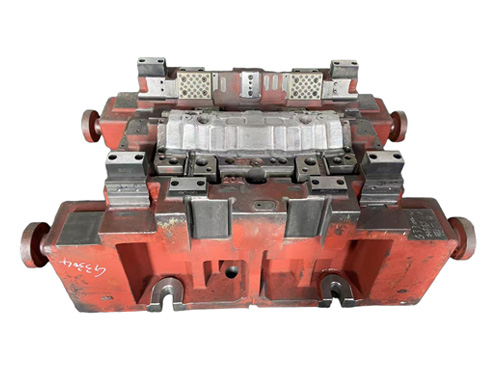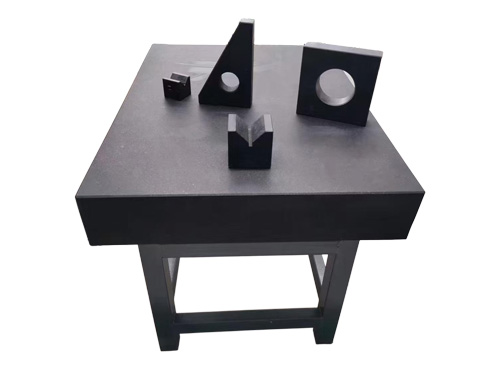News Detail
Innovative Design of welding table: Interpretation of Intelligent and Modular Trends
author:hxrtools Time:2025-06-13 14:44:52 Click:89
I. Introduction: The Need for Design Innovation Amidst Industry Transformation in Welding
Against the backdrop of the accelerated transition towards intelligence and automation in industrial manufacturing, the requirements for equipment in the welding industry are continuously escalating. Traditional welding table have struggled to meet the demands for high precision, efficiency, and diversified production. To enhance welding quality and production efficiency, and to adapt to complex and ever-changing manufacturing scenarios, welding table are undergoing innovative designs in the directions of intelligence and modularity. These innovations are not only an inevitable trend in technological development but also a pivotal force driving the welding industry to new heights.
II. Intelligent Design: Endowing welding table with a "Smart Brain"
(A) Application of Intelligent Control Systems
Intelligent welding table are equipped with advanced intelligent control systems that enable precise regulation and real-time monitoring of welding parameters. Through sensor technology, the system can collect real-time data on current, voltage, temperature, etc., during the welding process and automatically adjust parameters according to preset programs to ensure stable welding quality. Meanwhile, operators can conveniently set parameters and view the equipment's operating status through touchscreens or remote terminals, greatly enhancing operational convenience and flexibility.
(B) Upgrading Automation Functions
Automation is a key manifestation of intelligent design. New-type welding table can seamlessly integrate with welding robots and automated conveying equipment to construct automated welding production lines. From the automatic feeding and positioning of workpieces to their unloading after welding, the entire process requires minimal human intervention, effectively reducing errors caused by human factors and significantly improving production efficiency. Additionally, some workbenches are equipped with automatic detection functions that can promptly identify welding defects and trigger alarms to prevent the production of defective products.
(C) Data Analysis and Optimization
Intelligent welding table possess data storage and analysis capabilities, enabling the recording and analysis of large amounts of welding data to form a welding process database. Through in-depth data mining, optimal welding parameter combinations under different working conditions can be summarized to provide references for subsequent production, assisting enterprises in continuously optimizing welding processes and improving product quality and production efficiency.
III. Modular Design: Creating a Flexible and Versatile Welding Platform
(A) Concept of Modular Structure
Modular design breaks down the welding workbench into multiple independent and functionally distinct modules, such as workbench surface modules, adjustment mechanism modules, fixture modules, and tool storage modules. Each module adopts a standardized interface design, allowing for rapid combination and disassembly according to actual welding needs, achieving flexible switching of workbench functions to meet diversified production scenarios.
(B) Advantages of Functional Expansion and Customization
Modular design endows welding table with strong functional expansibility. Enterprises can add or replace modules at any time according to their business development. For example, special-shaped fixture modules can be added to accommodate new workpieces, or dust removal modules can be installed to improve the working environment. This customization characteristic avoids resource waste caused by single-function equipment, reduces enterprise equipment renewal costs, and improves equipment utilization rates.
(C) Convenience in Maintenance and Upgrading
The modular structure simplifies the maintenance and upgrading of welding table. When a module fails, the entire equipment does not need to be overhauled; only the corresponding faulty module needs to be replaced to restore the equipment's operation, effectively shortening downtime. Meanwhile, with technological advancements, enterprises can keep the workbench up-to-date with new technologies by replacing or upgrading specific modules, maintaining the equipment's advanced nature.
IV. Industry Transformation Brought About by Intelligent and Modular Designs
(A) Production Efficiency Improvement
The combination of intelligent and modular designs significantly enhances welding production efficiency. Intelligent control systems and automation functions reduce manual operation links and parameter adjustment times, while the rapid combination and switching of modular structures enable quick responses to different production tasks, avoiding equipment idleness and achieving efficient operation of welding production.
(B) Welding Quality Optimization
Through intelligent precise control and real-time monitoring, parameter fluctuations during welding are effectively controlled to ensure uniform welds and welding strength compliance. Professional fixture and tool modules under modular design also provide guarantees for precise positioning and stable welding of workpieces, thereby improving overall welding quality and reducing the defective product rate.
(C) Cost Control and Sustainable Development
Although the initial investment in intelligent and modular welding table is relatively high, in the long run, their efficient production capabilities, convenient maintenance and upgrades, and strong functional expansibility can reduce enterprise labor costs, equipment renewal costs, and maintenance costs. Meanwhile, resource waste caused by inadequate equipment functions is reduced, aligning with the concepts of green manufacturing and sustainable development.
V. Challenges and Development Trends
(A) Technical and Cost Challenges
The research, development, and production of intelligent and modular welding table pose high technical requirements, involving the integration of multiple fields such as sensor technology, automation control technology, and modular design technology. Additionally, the application of advanced technologies also brings about cost increases. How to reduce costs while ensuring performance is an important challenge facing the industry.
(B) Future Development Trends
In the future, the intelligent and modular designs of welding table will be further deepened. In terms of intelligence, artificial intelligence and IoT technologies will be more widely applied to achieve remote collaboration and intelligent predictive maintenance of equipment. In the modular field, the standardization degree of modules will continue to improve, with stronger compatibility, assisting the welding industry in advancing to higher levels.
VI. Conclusion: Innovative Design Leads the New Future of the Welding Industry
The intelligent and modular innovative designs of welding table are an inevitable choice in line with the trend of industrial development. The application of these innovative design concepts and technologies has brought about transformations in the welding industry in terms of production efficiency improvement, quality optimization, and cost control. Despite facing certain challenges, with the continuous advancement of technology, intelligent and modular welding table will inevitably become the mainstream in the industry, leading the welding industry into a new stage of intelligent and efficient development and injecting new vitality into the industrial manufacturing field.
 HOT PRODUCTS
HOT PRODUCTS
 CONTACT US
CONTACT US
—— E-mail:project@haoranmj.com
—— Whatsapp:+86 18932785670
—— Tel:+86 18932785670
—— Add:Across from Sanjing Distillery on Road 4, Botou Economic Development Zone, Cangzhou City, Hebei Province









